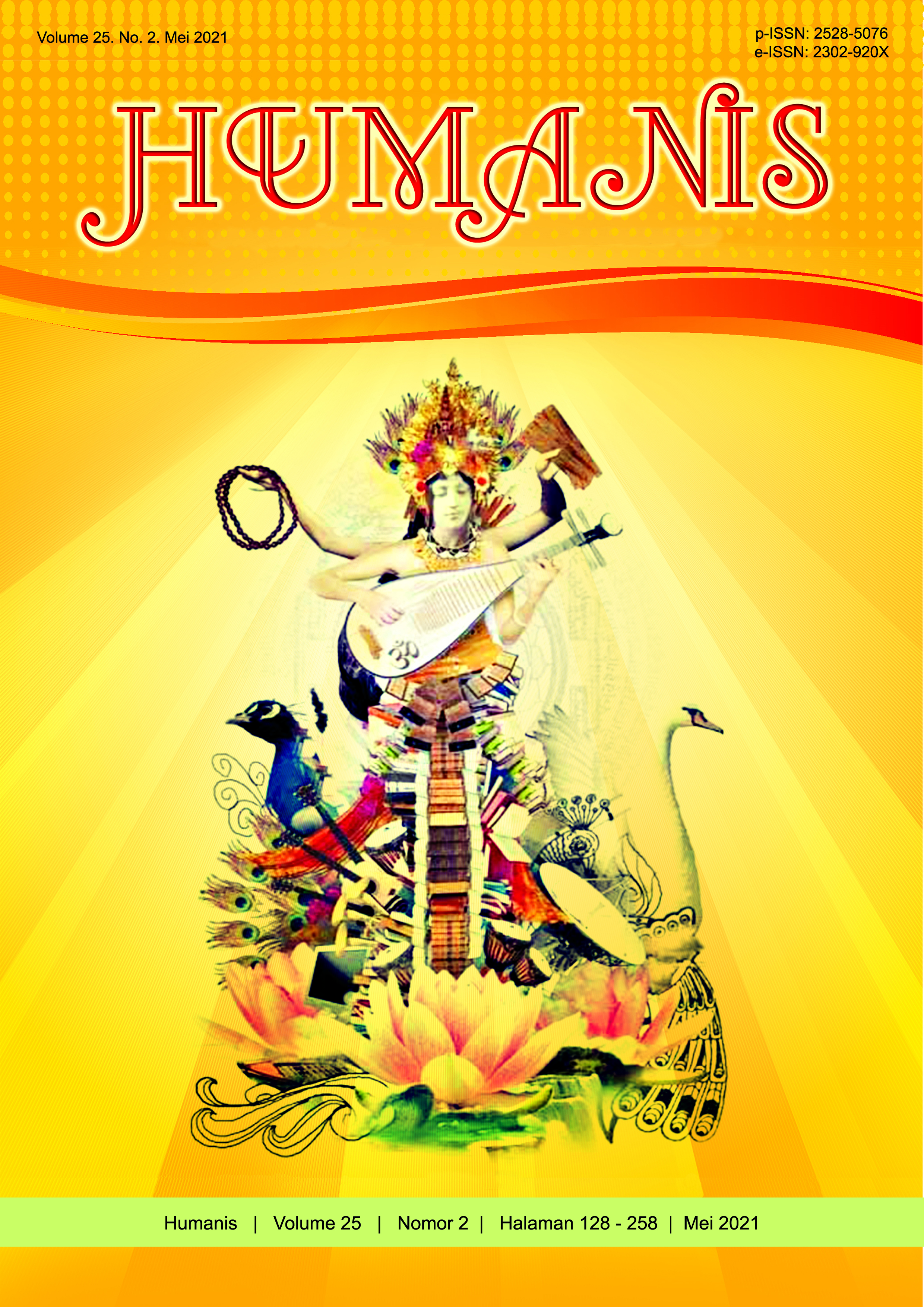Prasasti-Prasasti Pendek pada Arca dan Bangunan Keagamaan Masa Bali Kuno
Abstract
The inscription is one of the very important sources for knowing events in the past. By reading the inscriptions, various aspects of human life can be revealed, such as political, economic, socio-cultural aspects, etc. The research objective was to determine the function and meaning of the inscriptions engraved on sacred statues and buildings. With the strutural functional theory approach and qualitative methods, the results show that language as one aspect of culture provided a lot of information about the dynamics of past societies. The existence of short inscription is very important for the search for the chronology and history of an artifact, in relation to the writing of local history which is still fragmented.
Downloads
References
Goris, R. (1948). Sedjarah Bali Kuna. Singaradja.
Goris, R.. (1954). Prasasti Bali I. Bandung: Masa Baru.
Hooykas, Yacobe. (1973). Religion in Bali. Leiden: E.J.Brill
Kempers, A.J. Bernet. (1960). Bali Purbakala: Petunjuk tentang Peninggalan Purbakala di Bali. Djakarta: Penerbit Balai Buku Ihktiar.
Koentjaraningrat (1980). Sejarah Teori Antropologi I, Jakarta: Universitas Indonesia Press.
Quaritch Wales, H.G. (1953). The Mountain of God: A Study in Early Religion and Kingship. London: Bernard Quaritch Ltd.
Rahardjo, Supratikno, (2002). Peradaban Jawa: Dinamika Pranata Politik, Agama, dan Ekonomi Jawa Kuno. Jakarta: Komunitas Bambu.
Spiro, Melford (1977). Antrophologycal Approches to the Study of Religion. London: Tavestone Published
Stutterheim, W.F. (1929). Oudheden Van Bali I Teks. Singaradja: Kirtya Lieftrick Van der Tuuk.
Sutaba, I Made. (2007). Sejarah Kabupaten Gianyar. Pemda Gianyar.


















